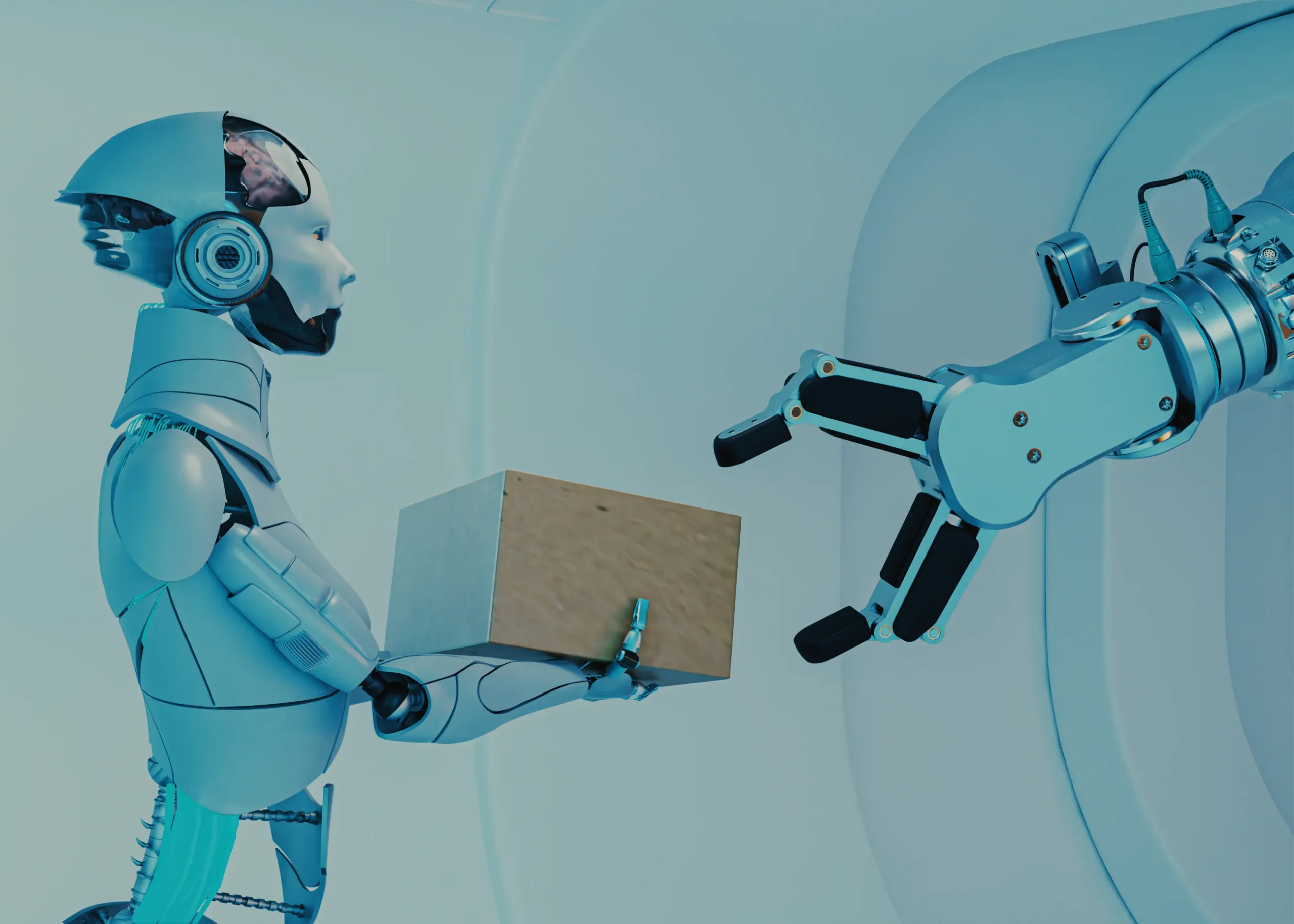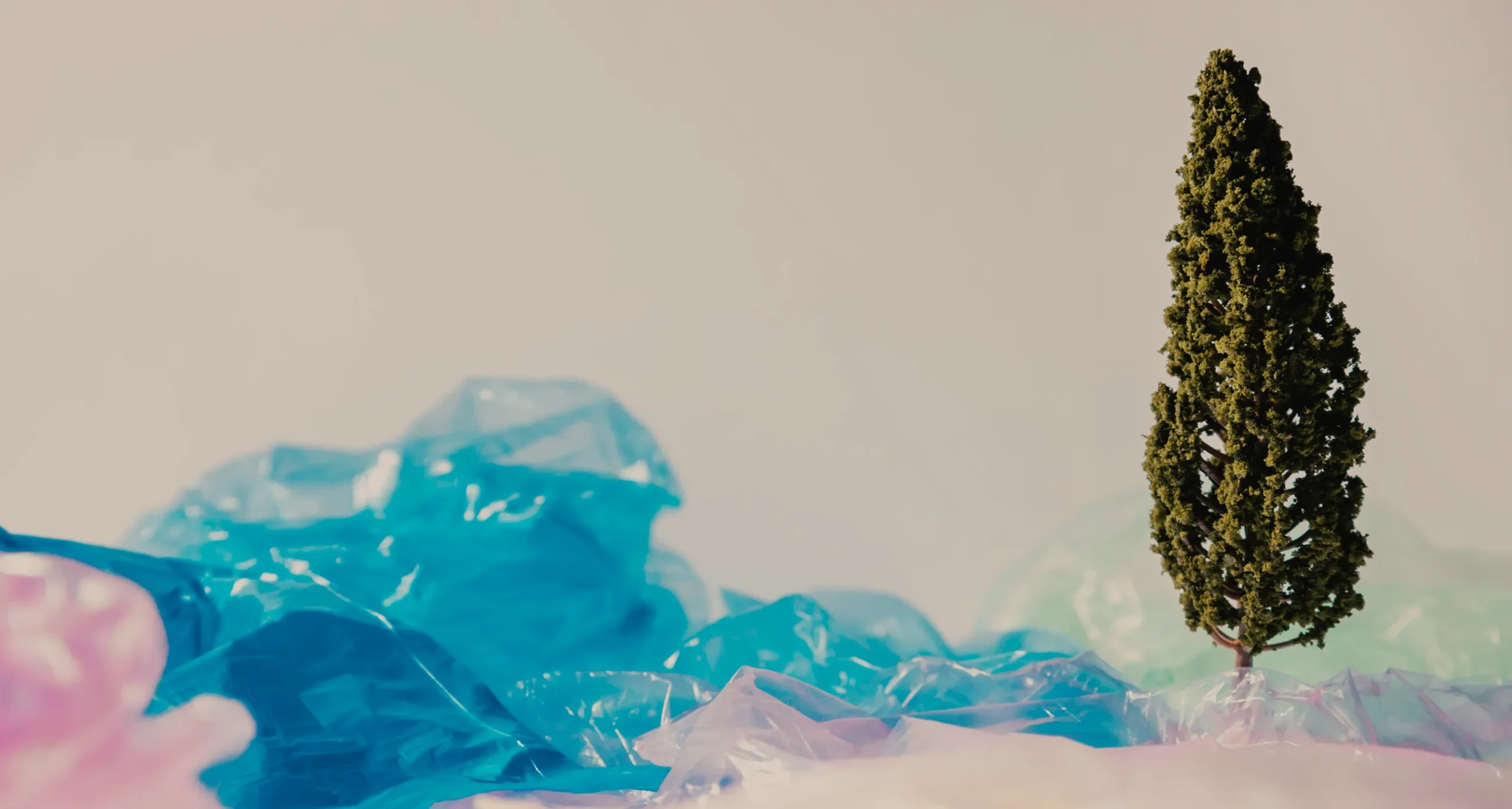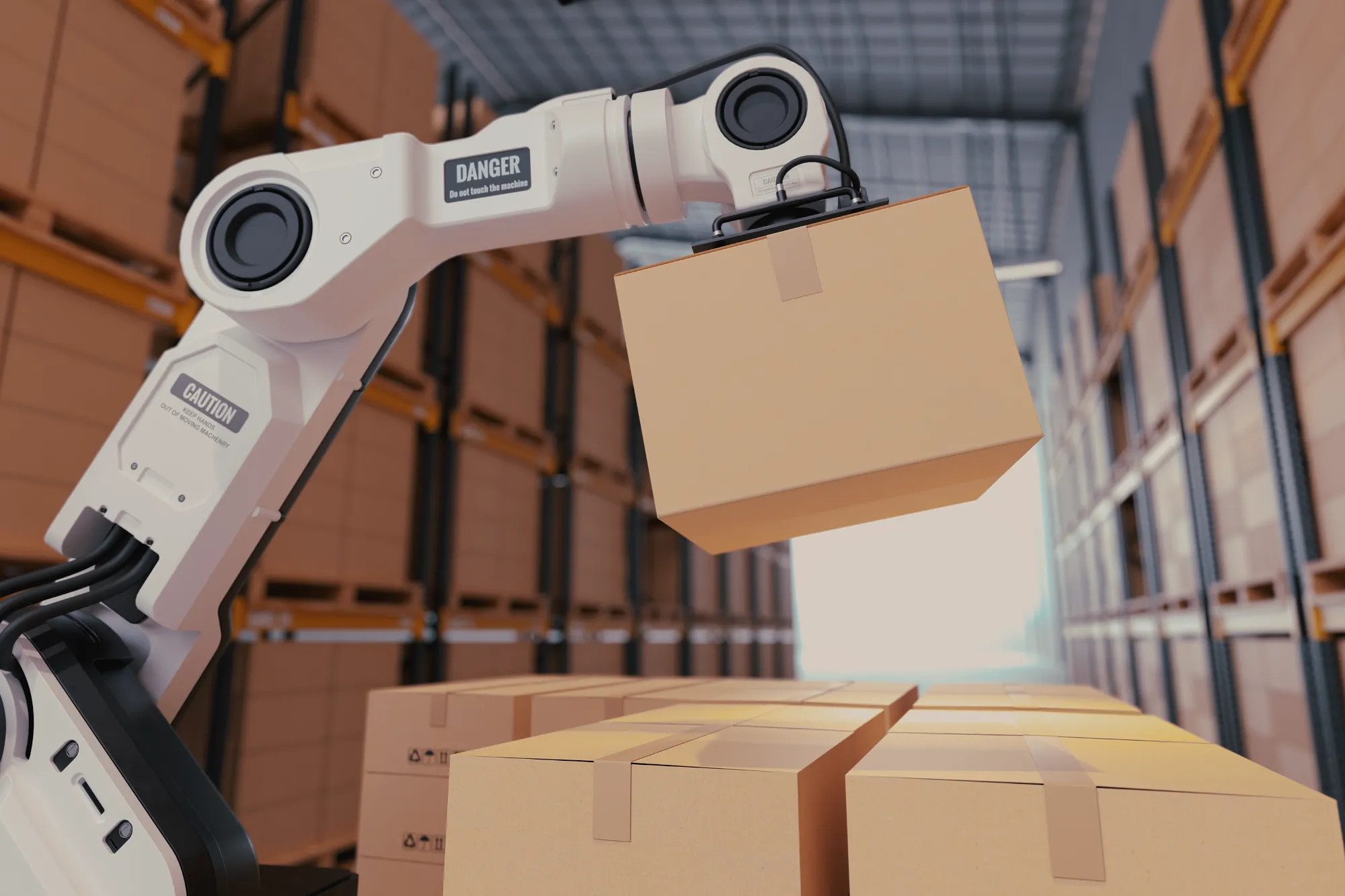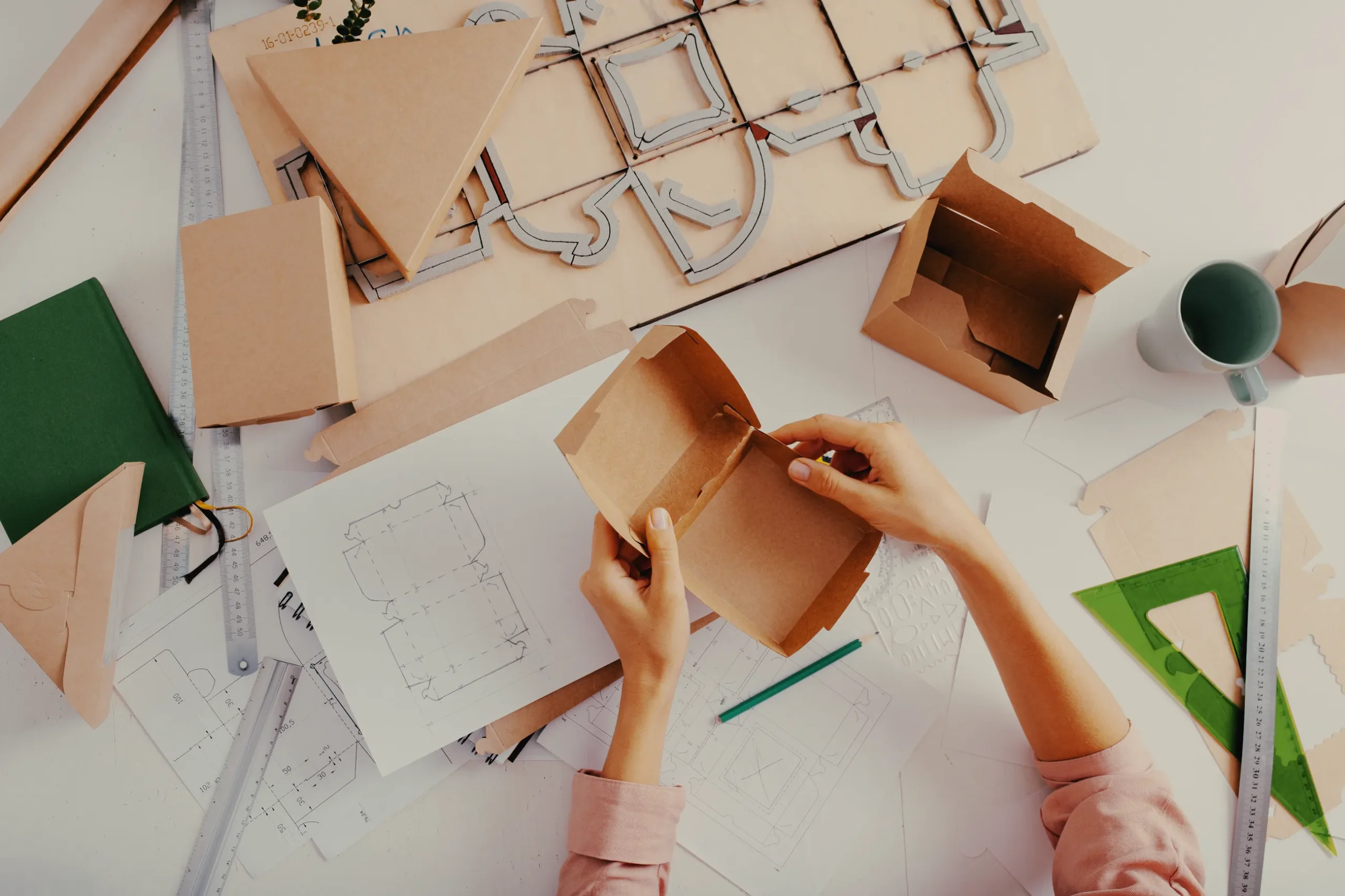5 Game-Changing Sustainable Packaging Trends in 2025
As we navigate the complexities of the packaging industry in 2025, sustainability has emerged as the driving force behind innovation and growth. At Libarty Group, we’ve witnessed firsthand how the landscape has evolved, with companies across the supply chain prioritizing eco-friendly solutions that meet both consumer demands and regulatory requirements. In this comprehensive look at the top sustainable packaging trends, we’ll explore how these developments are reshaping the industry and what they mean for businesses and professionals in the packaging sector.
1. Biodegradable and Compostable Materials Take Center Stage
The shift towards biodegradable and compostable packaging materials has gained significant momentum in 2025. As landfills reach capacity and consumers become increasingly aware of the environmental impact of their purchases, packaging made from materials that can safely return to the earth has become not just a preference, but an expectation.
Innovations in Plant-Based Packaging
One of the most exciting developments we’ve seen is the rise of plant-based packaging solutions. Materials derived from sources such as cornstarch, seaweed, and even mushroom mycelium are now being used to create packaging that performs as well as traditional plastics but without the long-term environmental consequences.
For instance, companies in the food and beverage sector are increasingly adopting biodegradable films made from plant starches for snack packaging. These materials offer excellent barrier properties while decomposing naturally within months rather than centuries.
Compostable Packaging in Action
Compostable packaging has found particular success in the quick-service restaurant industry and for single-use items. Coffee pods, disposable cutlery, and food containers made from materials certified by organizations like the Biodegradable Products Institute (BPI) are becoming the norm rather than the exception.
Challenges and Opportunities
While the adoption of biodegradable and compostable materials is promising, it’s not without its challenges. Ensuring these materials break down properly requires appropriate disposal infrastructure, which is still developing in many regions. As packaging professionals, it’s crucial to consider the entire lifecycle of these materials and work with local waste management facilities to ensure they can be processed effectively.

2. Reusable Packaging Systems Gain Traction
The concept of reusable packaging has evolved from a niche offering to a mainstream solution in 2025. This shift represents a fundamental change in how we think about packaging, moving from a linear “take-make-dispose” model to a circular economy approach.
The Rise of Refill Stations
Retailers across various sectors, from personal care to household cleaning products, have embraced refill stations. These allow consumers to bring their own containers or purchase reusable packaging that can be refilled multiple times. This model not only reduces packaging waste but also fosters customer loyalty through repeat visits.
Innovative Deposit Systems
We’ve seen a resurgence of deposit systems, reminiscent of the returnable glass bottle programs of the past, but with a modern twist. Using digital technologies, companies can now track reusable packaging through QR codes or RFID tags, incentivizing returns and ensuring efficient cleaning and redistribution.
B2B Applications
Reusable packaging isn’t limited to consumer goods. In the B2B sector, companies are adopting durable, reusable shipping containers and pallets that can withstand multiple trips. This not only reduces waste but also offers cost savings over time.
3. Smart Packaging Technologies for Sustainability
The integration of smart technologies into packaging design has opened up new possibilities for sustainability. In 2025, we’re seeing these innovations not just enhance user experience but also contribute significantly to waste reduction and improved recycling processes.
Embedded Sensors for Freshness Monitoring
One of the most impactful applications of smart packaging is in the food industry. Sensors embedded in packaging can now accurately monitor the freshness of perishable goods, reducing food waste by providing real-time information on product quality. This technology allows for more precise inventory management and helps consumers make informed decisions about consumption.
NFC and QR Codes for Enhanced Recycling
Near Field Communication (NFC) tags and QR codes on packaging are revolutionizing the recycling process. By scanning these codes, consumers can access detailed information about how to properly dispose of or recycle the packaging. Some systems even gamify the recycling process, offering rewards or points for proper disposal.
Blockchain for Supply Chain Transparency
Blockchain technology is being used to create transparent supply chains, allowing consumers to trace the journey of their products from source to shelf. This level of transparency not only builds trust but also helps companies identify areas for sustainability improvements throughout the supply chain.

4. Minimalist Design and Material Reduction
In 2025, the mantra “less is more” has never been more relevant in packaging design. Companies are embracing minimalist aesthetics not just for their visual appeal but as a core strategy for reducing material use and environmental impact.
Structural Design Innovations
Packaging engineers are pushing the boundaries of structural design to create packaging that uses less material without compromising on protection. This includes innovations like honeycomb structures in corrugated packaging that maintain strength while reducing weight.
Mono-Material Solutions
The push towards mono-material packaging has gained significant traction. By using a single type of material, such as all-polyethylene (PE) or all-polypropylene (PP) structures, companies are simplifying the recycling process and improving the quality of recycled materials.
Elimination of Unnecessary Elements
Brands are critically evaluating every component of their packaging, eliminating unnecessary elements like excess void fill or decorative features that don’t serve a functional purpose. This not only reduces material use but often results in cost savings and improved logistics efficiency.
5. Advanced Recycling Technologies
As we strive towards a truly circular economy for packaging, advanced recycling technologies are playing a crucial role in 2025. These innovations are helping to address the limitations of traditional mechanical recycling and opening up new possibilities for hard-to-recycle materials.
Chemical Recycling Breakthroughs
Chemical recycling processes, which break down plastics into their chemical components, have seen significant advancements. This technology allows for the recycling of mixed plastic waste and contaminated materials that were previously destined for landfills or incineration.
Enzymatic Recycling for PET
Enzymatic recycling, particularly for PET (polyethylene terephthalate), has moved from the laboratory to commercial scale. This process uses engineered enzymes to break down PET into its base monomers, which can then be used to create new, virgin-quality PET without any loss in properties.
AI-Powered Sorting Systems
Artificial intelligence and machine learning are revolutionizing recycling facilities. Advanced sorting systems can now identify and separate different types of packaging materials with unprecedented accuracy, improving the quality and value of recycled materials.
As we move towards a more circular economy in packaging (learn more about circular economy principles from the Ellen MacArthur Foundation), innovations in biodegradable and compostable materials are gaining traction.
Navigating the Future of Sustainable Packaging
As we look at these trends shaping the packaging industry in 2025, it’s clear that sustainability is no longer just a buzzword but the cornerstone of packaging innovation. At Libarty Group, we’re committed to helping companies navigate this evolving landscape by connecting them with top talent who understand these trends and can drive sustainable packaging initiatives forward.
For professionals in the packaging industry, staying abreast of these developments is crucial. The skills and knowledge required to succeed in this field are rapidly evolving, with a growing emphasis on material science, circular economy principles, and digital technologies.
As we continue to face global challenges like climate change and resource scarcity, the role of packaging in creating a more sustainable future has never been more important. By embracing these trends and continuing to innovate, we can create packaging solutions that not only meet the needs of consumers and businesses but also contribute to a healthier planet.
The journey towards truly sustainable packaging is ongoing, and it requires collaboration across the entire value chain. From material suppliers to brand owners, and from packaging designers to recycling facilities, every stakeholder has a role to play. At Libarty Group, we’re proud to be at the forefront of this transformation, connecting innovative companies with the talent they need to turn these sustainable packaging trends into reality.
As we move forward, we encourage all professionals in the packaging industry to embrace these changes, seek out opportunities for innovation, and contribute to shaping a more sustainable future for packaging. The challenges are significant, but so are the opportunities for those who are ready to lead the way in this exciting and essential field.



